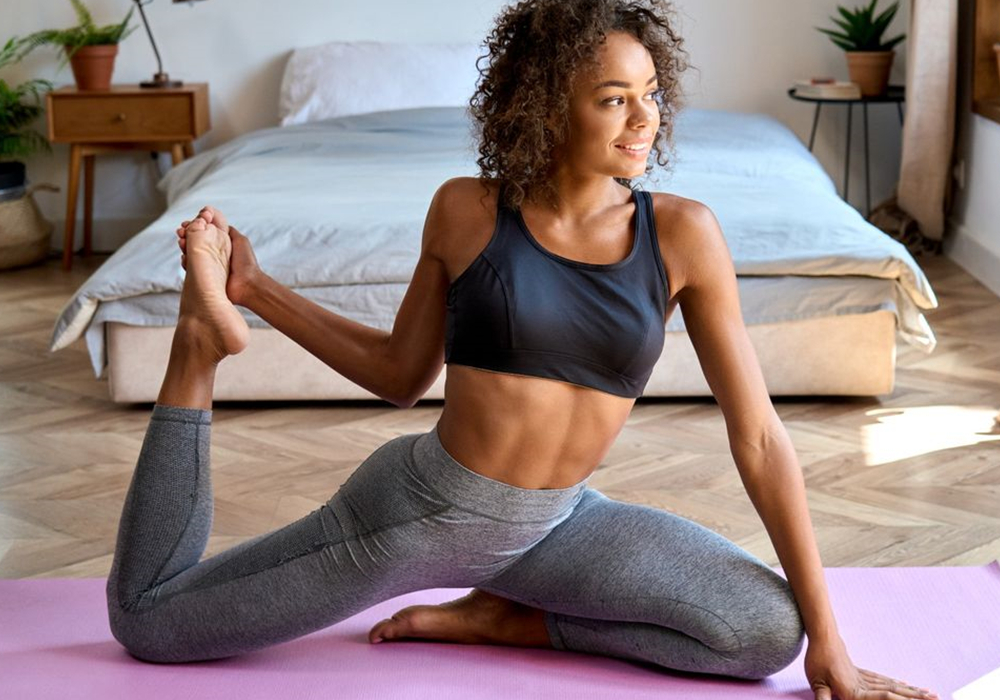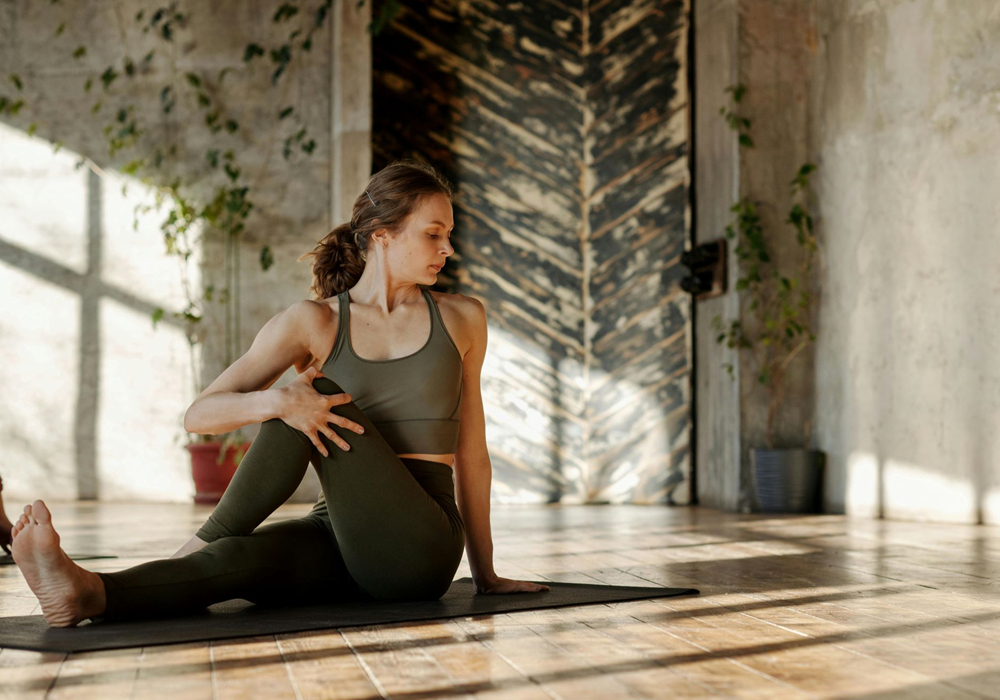Enhancing Physical Performance
Flexibility training improves the range of motion in your joints and muscles, which is vital for optimal performance in any physical activity. Whether you’re a dancer, a runner, or someone who enjoys recreational sports, increased flexibility allows for more fluid movements and better coordination. This enhanced mobility can lead to improved athletic performance, enabling you to push your limits and achieve your fitness goals more effectively.
Injury Prevention and Recovery
One of the most compelling reasons to prioritize flexibility is its role in injury prevention. Tight muscles and stiff joints can lead to imbalances and strain during physical activities, increasing the likelihood of injuries. Regular flexibility training helps to elongate and relax muscles, reducing tension and promoting better alignment. Additionally, a flexible body can recover more quickly from workouts, allowing you to bounce back faster and maintain consistency in your training regimen.

Improving Posture and Alignment
In today’s sedentary lifestyle, poor posture has become a common issue. Flexibility training can counteract the effects of prolonged sitting and help realign the body. By stretching the muscles that are often tight—such as the hip flexors, chest, and shoulders—you can improve posture and reduce discomfort. This not only enhances your physical appearance but also contributes to better breathing and overall health.
Boosting Mental Well-Being
Flexibility training is not just about the body; it also has a significant impact on mental health. The practice of stretching often incorporates deep breathing and mindfulness, which can reduce stress and promote relaxation. Engaging in flexibility exercises, such as yoga or Pilates, encourages a mind-body connection that fosters mental clarity and emotional balance. This holistic approach can lead to a more centered and peaceful state of mind.
Accessibility for Everyone
One of the most appealing aspects of flexibility training is its accessibility. No matter your age or fitness level, there are flexibility exercises suitable for everyone. Simple stretches can be incorporated into your daily routine, whether you’re at home, at work, or on the go. This inclusivity makes it easy to prioritize flexibility, allowing you to reap the benefits without the need for specialized equipment or gym memberships.
In conclusion, flexibility training is an essential component of a balanced fitness regimen. It enhances physical performance, prevents injuries, improves posture, and promotes mental well-being. By incorporating flexibility exercises into your routine, you not only enhance your physical capabilities but also enrich your overall quality of life. So take a moment to stretch, breathe deeply, and embrace the essential art of flexibility—it may just be the key to unlocking your full potential.

